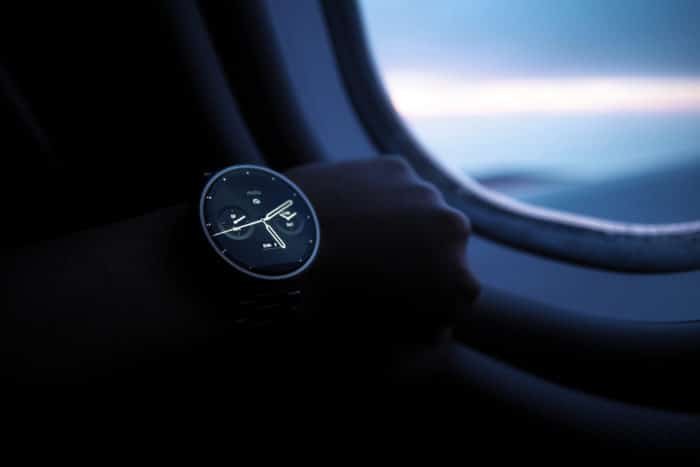A Brief History of High-Tech Watches
There have been high-tech timepieces for almost as long as there have been advancements in technology. First to become popular in the early 1970’s were watches that displayed the time using LED diodes like the Hamilton Pulsar worn byRoger Moore in “Live and Let Die.” Later, calculator watches, fitness watches, and hiking and adventure watches became popular for a time.
Although some of these timepieces are still prized by collectors, very few were ever taken seriously by watch aficionados. Sophisticated watch fans have always preferred the precision gears, jeweled bearings, and tiny springs found in traditional mechanical movements.
The love of old world craftsmanship is still strong, but there is a new appreciation for technology among fans of luxury timepieces. High-tech timepieces are finally beginning to be taken seriously.
A New Generation of High Tech Watches
The current crop of high-tech timepieces has caught the attention of prestigious watch journals and sophisticated fans with their unique combination of great design, superb craftsmanship, and advanced features. Watches like the Casio Pro Trek PRW6000, the Seiko Astron, and the Citizen Skyhawk AT are getting rave reviews by offering battery-free solar power, atomic clock accuracy, and sophisticated chronograph features in a beautiful, well-designed package that rivals the best high-end mechanical watches.
In a world where your cell phone and computer always display the correct time to the exact second, many younger watch aficionados are starting to expect the same type of accuracy from the watch on their wrist. Unlike earlier generations of technology watches that displayed their information in an ugly plastic case, the latest high-tech watches are beautifully crafted masterpieces.
Seiko’s Foresight and Continuing Excellence
When Seiko introduced the Astron, the first commercially available quartz timepiece in 1969, they said “Someday, all watches will be made this way.” Now Seiko is saying the same thing about a brand new Astron. This amazing timepiece, housed in a stylish titanium case, is powered by the sun, automatically adjusts to the time zone you’re in using GPS satellite signals, and features a perpetual calendar that is always correct until February 28, 2100.
The Astron recognizes all 39 of the world’s time zones by determining its current location using GPS, then comparing that information with an onboard database that divides the Earth’s surface into one million squares, each of which is assigned to a particular time zone. This is something even $100,000 mechanical watches can’t do. Even the most sophisticated mechanical watch will only display 37 time zones with a manual reset.
High-Tech Watch Popularity Continues to Grow
Less expensive high tech watches like the Casio Pro Trek PRW6000 and Citizen Skyhawk AT use radio signals from an atomic clock instead of GPS satellites to maintain split-second accuracy. What they share with the Seiko Astron is great design and superbly crafted cases. Maybe that’s why they are showing up on the wrists of more and more sophisticated watch aficionados.
The latest generation of high-tech timepieces has raised the bar for all timepieces. When it becomes possible to provide more, people tend to expect more. There will always be a place for traditional mechanical timepieces, but these types of watches are already becoming fashion items instead of functional tools. Although the best mechanical watches are already just as collectible as a vintage Ferrari or couture gown, you might not be wearing one to work much longer. They are ultimately museum pieces. When you can wear a precisely crafted, impeccably styled timepiece that runs forever on solar power and tells you the exact time to the millisecond even if you are in the middle of the Atlantic Ocean, why would you want to wear anything else?
Sources: GevrilGroup.com

